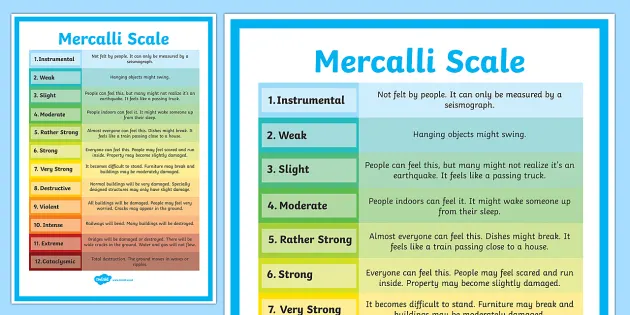The earthquake zones of India.
Answer:
The Himalayan belt is on the boundary between the Eurasian and the Indian plates. The Indian subcontinent has a history of devastating earthquakes. The major reason for the high frequency and intensity of the earthquakes is that the Indian plate is driving into Eurasia plate at a rate of approximately 47 mm/year. Geographical statistics of India show that almost 54% of the land is vulnerable to earthquakes and is, therefore, prone to earthquakes. There are 4 seismic zones namely Zone-II, Zone-III, Zone-IV and Zone-V in India.
Himalaya falls under the very high risk zone (Seismic Zone V). Because of frequent seismic activity, it causes severe damage to life and settlements in the area. Not only Himalayan regions but also The regions of Kashmir, the Western and Central Himalayas, North and Middle Bihar, the North-East Indian region, the Rann of Kutch and the Andaman and Nicobar group of islands fall in this zone.
Jammu and Kashmir, Ladakh, Himachal Pradesh, Uttarakhand, Sikkim, parts of the Indo-Gangetic plains (North Punjab, Chandigarh, Western Uttar Pradesh, Terai, a major portion of Bihar, North Bengal, the Sundarbans) and the capital of the country Delhi fall in Zone 4.(Seismic Zone IV).
Kerala, Goa, Lakshadweep islands, remaining parts of Uttar Pradesh, Gujarat and West Bengal, parts of Punjab, Rajasthan, Madhya Pradesh, Bihar, Jharkhand, Chhattisgarh, Maharashtra, Odisha, Andhra Pradesh, Tamil Nadu and Karnataka. lie in this zone.(Seismic Zone III)
It is the zone with low chances of having earthquakes. ex- cities of Bulandshahr , Moradabad, Gorakhpur, Chandigarh (Seismic Zone II)








.jpg)






0 Comments